Optimal Timing for Rodent Control
Rodentses are most active during specific times of the year, which can influence the effectiveness of treatment or prevention efforts. Understanding these periods helps in planning appropriate interventions and ensuring optimal results.
Rodentses tend to be more active during warmer months, especially in late spring and summer, when food sources are abundant and conditions are favorable for breeding.
The peak breeding season for rodents is typically in spring and early summer, leading to increased activity and population growth during these times.
Weather conditions, such as mild temperatures and higher humidity, can influence rodent activity, often leading to increased movement and nesting behaviors.
Early spring is an ideal time for preventive measures to reduce population buildup before peak activity periods occur.
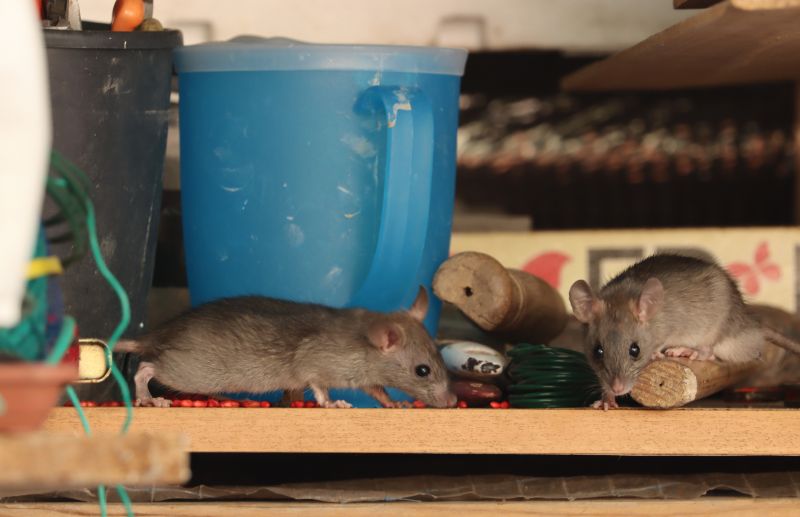
Ways to make Rodentses work in tight or awkward layouts.
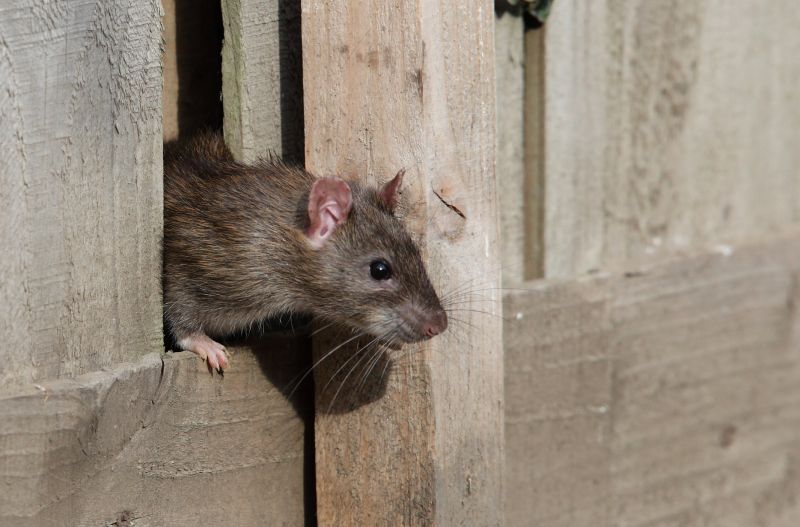
Popular materials for Rodentses and why they hold up over time.

Simple add-ons that improve Rodentses without blowing the budget.
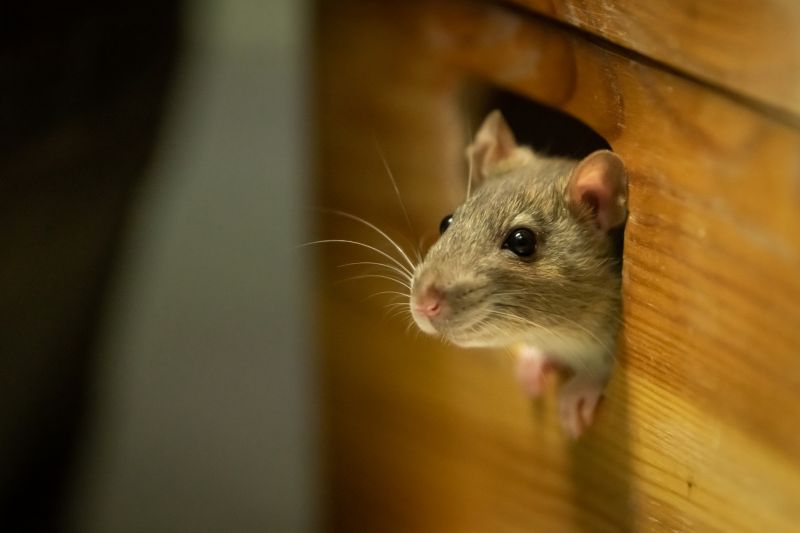
High-end options that actually feel worth it for Rodentses.
| Timing Aspect | Details |
|---|---|
| Spring | High breeding activity; early intervention recommended. |
| Summer | Peak activity; increased nesting and foraging. |
| Fall | Decreasing activity; focus on monitoring. |
| Winter | Reduced activity but signs may persist. |
| Early Spring | Ideal for preventive measures. |
| Late Winter | Early signs of activity can be detected. |
| Late Summer | Population peaks; control measures essential. |
| Early Fall | Preparation for winter activity |
Rodentses are small mammals known for their adaptability and rapid reproduction rates. They can cause significant damage to structures, stored goods, and landscaping. Understanding their activity cycles is crucial for effective management and control strategies. Population dynamics are influenced by environmental conditions, availability of food and shelter, and breeding cycles. Monitoring activity during key periods helps in implementing timely interventions to minimize impact.

Finishes and colors that play nicely with Rodentses.
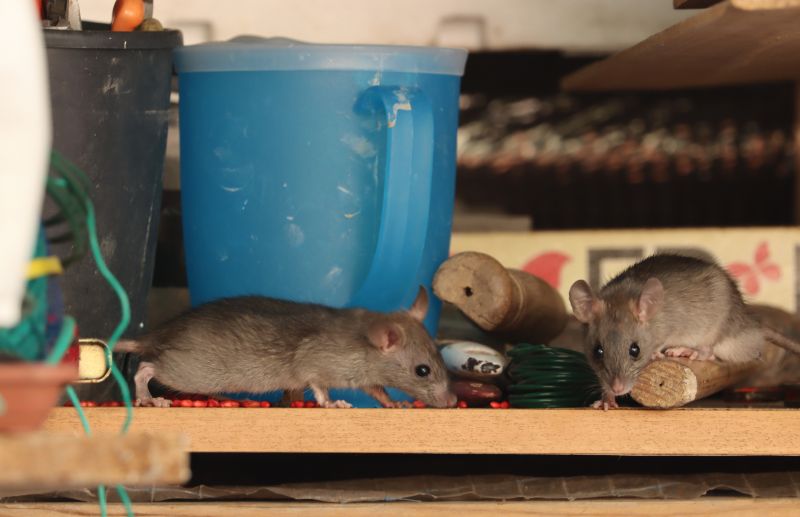
Little measurements that prevent headaches on Rodentses day.

A 60-second routine that keeps Rodentses looking new.
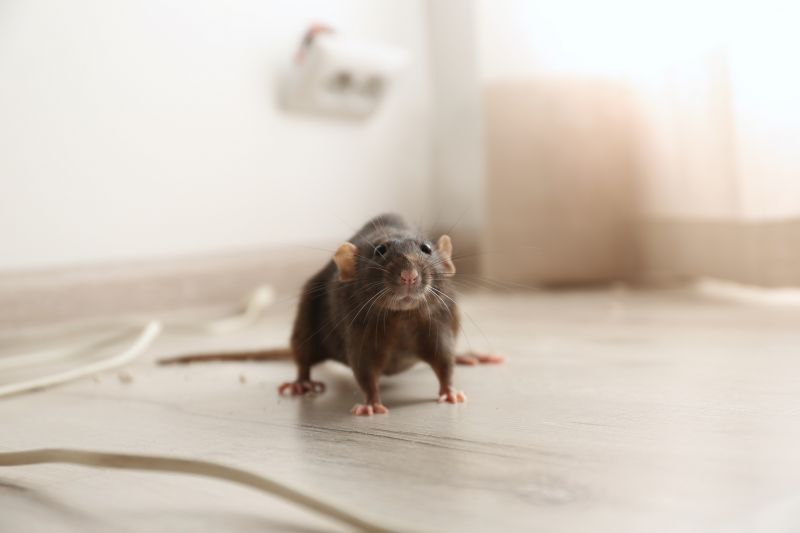
A frequent mistake in Rodentses and how to dodge it.
Interested in managing Rodentses effectively? Filling out the contact form can provide more information about suitable timing and control methods tailored to specific environments. Early action during optimal periods can help reduce populations and prevent extensive damage.
